Daniel Kahneman’s Thinking, Fast and Slow is a psychology and behavioral economics book that explains why we often make decisions that don’t make sense even when we think we’re being smart.
After losing close friends in wars and watching governments make poor economic decisions, Kahneman got obsessed with one thing: understanding why people — even experts — consistently get things wrong. He partnered with fellow psychologist Amos Tversky and spent decades uncovering how human judgment fails under pressure.
One wild study from the book shows that people guessed a tree was 844 feet tall just because they were anchored with a higher number before the question. The actual height was way lower.
If you’re starting a side hustle or managing a business, this book helps you spot mental traps before they ruin your decisions. You’ll learn how to think clearly — even when life gets messy. Let’s break it down.
Table of Contents
Detailed Summary of Thinking, Fast and Slow by Daniel Kahneman
“Nothing in life is as important as you think it is while you are thinking about it.”
Thinking, Fast and Slow by Daniel Kahneman breaks down how your brain makes decisions — and why those decisions are often wrong.
He explains that you have two ways of thinking. One is fast, emotional, and automatic (System 1). The other is slow, logical, and deliberate (System 2). Most of your daily choices come from System 1. That’s the same part of you that makes snap judgments, buys things you don’t need, or avoids launching that business because of fear.
Kahneman walks you through real-life examples and psychological biases like:
- Priming: Subtle cues change your behavior
- Anchoring: The first number you hear shapes your decisions
- Loss aversion: You hate losing more than you love winning
- Framing: How a problem is worded changes your reaction
- Sunk cost fallacy: You keep investing in bad choices because of past effort
- Confirmation bias: You seek info that agrees with what you already believe
If you’re trying to build a business or manage your time better, this book helps you understand why your brain resists change — and how to work around it.
You’ll start spotting your own mental shortcuts. You’ll pause before making risky bets. You’ll know when fear is lying to you.
And that self-awareness? It gives you the edge most people never even realize they need.
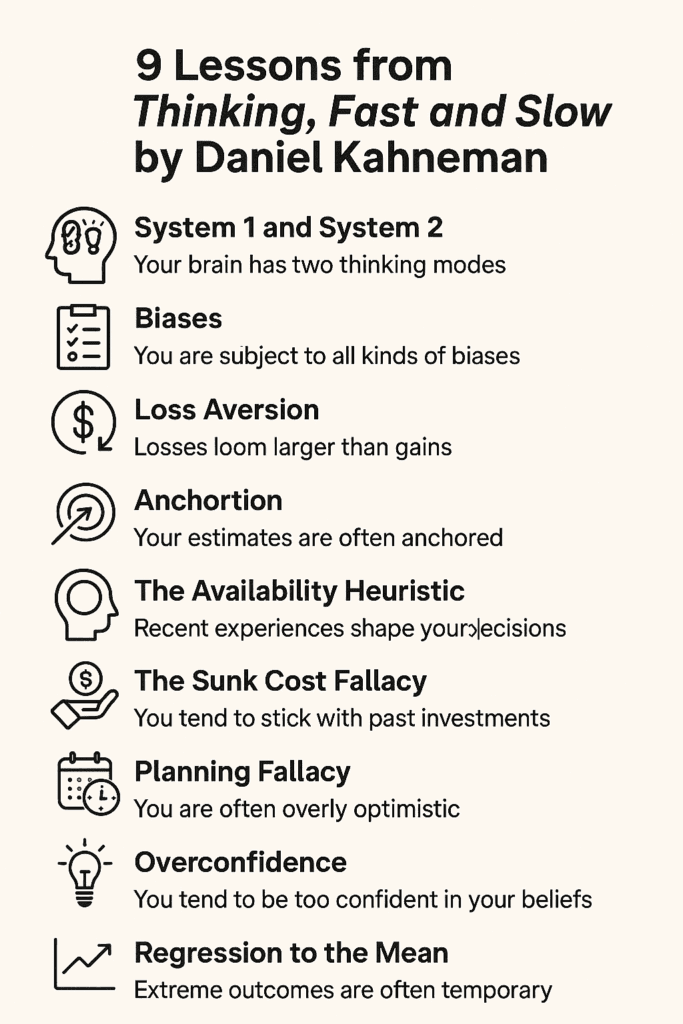
9 Lessons from Thinking, Fast and Slow by Daniel Kahneman
Daniel Kahneman spent decades studying how people think. What he found is simple: your brain takes shortcuts. It works fast to keep up, but often fails you when the stakes are high.
Here’s what you can learn from the book and how it helps you make smarter business, life, and money decisions.
1. You think with two systems
He calls them System 1 and System 2.
- System 1 is fast, emotional, automatic.
- System 2 is slow, logical, effortful.
When you make quick decisions without thinking, that’s System 1. When you analyze, reflect, or plan, you’re using System 2.
The problem? You trust System 1 too much. You jump to conclusions. You make poor choices in your side hustle or business just because they feel right in the moment.
Kahneman shows you how to spot these moments and train yourself to slow down. If you’re always reacting, you won’t have the focus to build anything that lasts.
2. Your first impression controls the rest
This is called anchoring.
He ran a study where two groups guessed the height of a redwood tree. One group was first asked, “Is it taller than 1,200 feet?” The other got, “Is it taller than 180 feet?”
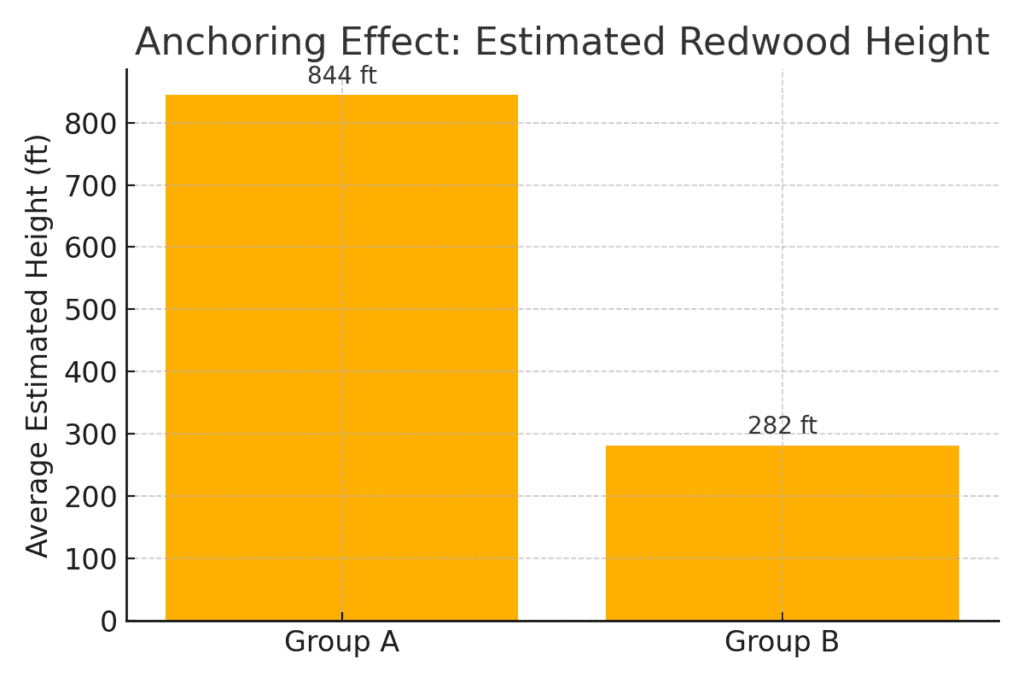
Even though both questions were random, the first group guessed way higher than the second.
Why does this matter to you? Because if your first pricing idea for your product is $200, you’ll judge all other prices based on that — even if it’s way off.
Before you make pricing, sales, or negotiation decisions, check your anchor. Where did that number come from?
3. Your brain shows you what it wants you to see
This is called the availability bias.
If you watch news about startups failing, you’ll believe building a business is near impossible. If your feed shows people making $50K in 30 days, you’ll think that’s normal.
What you consume influences your expectations.
Kahneman explains how rare events feel more likely when they’re fresh in your memory. That makes you overreact. You might avoid launching your product just because one person failed — even if your situation is different.
The takeaway? Curate your inputs. Follow people who show you both wins and losses. Choose clarity over hype.
4. You hate losing more than you love winning
This is loss aversion.
He explains it like this: if someone offered you a 50/50 chance to win or lose $1,000, you’d probably say no. The pain of losing hurts more than the joy of winning.
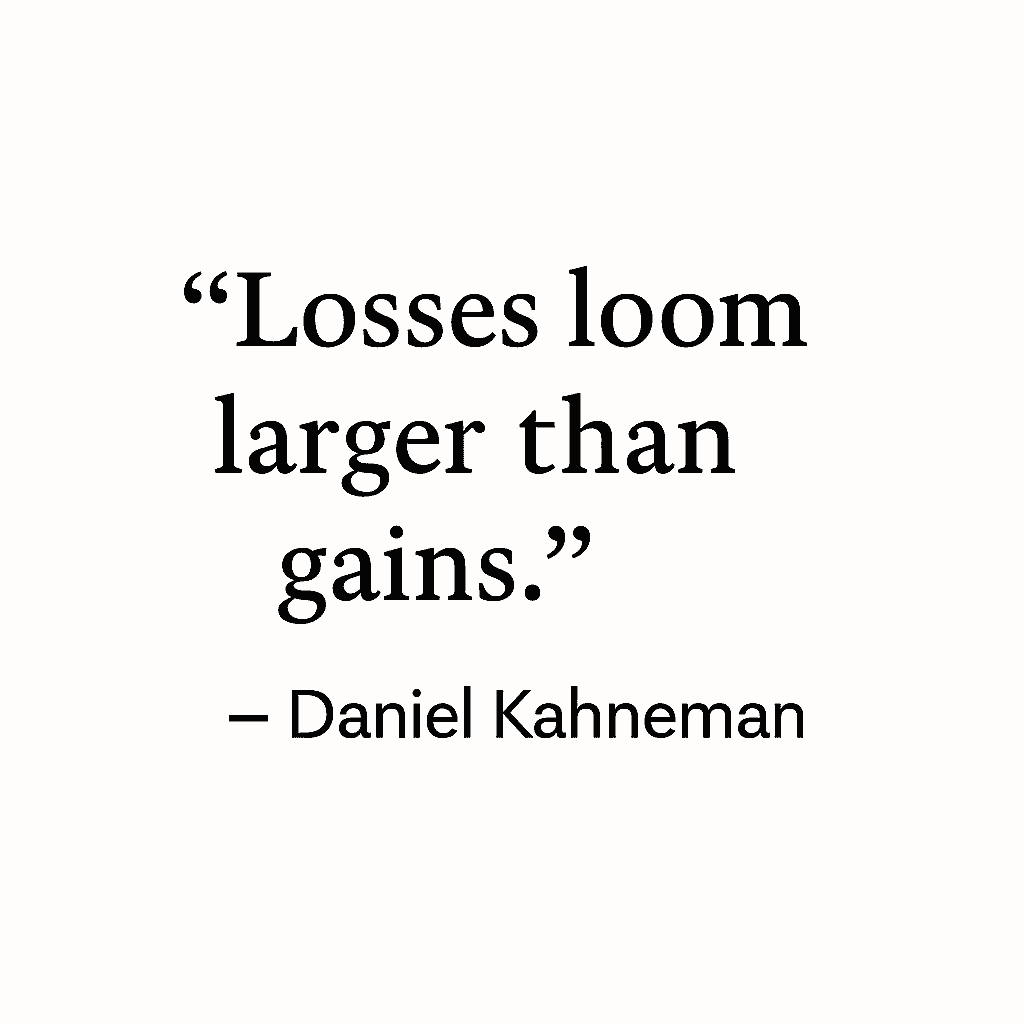
In business, this shows up when:
- You avoid launching because you’re scared of rejection
- You keep a bad product alive because you already spent money
- You don’t try a new idea because you fear wasting time
You need to reframe how you see risk. Start asking: what happens if I never try?
5. You can be manipulated by how a message is framed
He calls this framing.
A doctor tells one patient, “You have a 10% chance of dying.”
Another hears, “You have a 90% chance of surviving.”
Same fact. Completely different reaction.
As a creator, the way you frame your offer matters.
Are you telling people what they gain — or what they’ll lose if they don’t act?
As a buyer, be careful. Are you being sold on numbers or feelings? Kahneman shows how easily your brain gets tricked by how something is presented.
6. You get attached to what you already own
This is the endowment effect.

Once you own something — a business idea, a website, an online course — you value it more than it’s worth. You stop thinking objectively. You hold on longer than you should.
Kahneman gives examples of people who keep old furniture, bad products, and failing businesses because they “already put in the work.”
If you’re stuck, ask: Would I buy this today if I didn’t already have it?
7. You see what you want to believe
That’s confirmation bias.
He describes how people search only for evidence that supports their beliefs. You Google “Is this business model profitable?” and ignore the results that say no.
This keeps you stuck. You skip feedback. You miss warning signs.
To grow, you need the opposite. You need people who tell you hard truths. You need to test assumptions, not protect them.
Kahneman’s advice? Ask better questions. Ask “What am I missing?” not “Am I right?”
8. You let past effort trap you
This is the sunk cost fallacy.
You keep pushing a business idea that’s clearly not working. Why? Because you’ve already spent months or money on it.
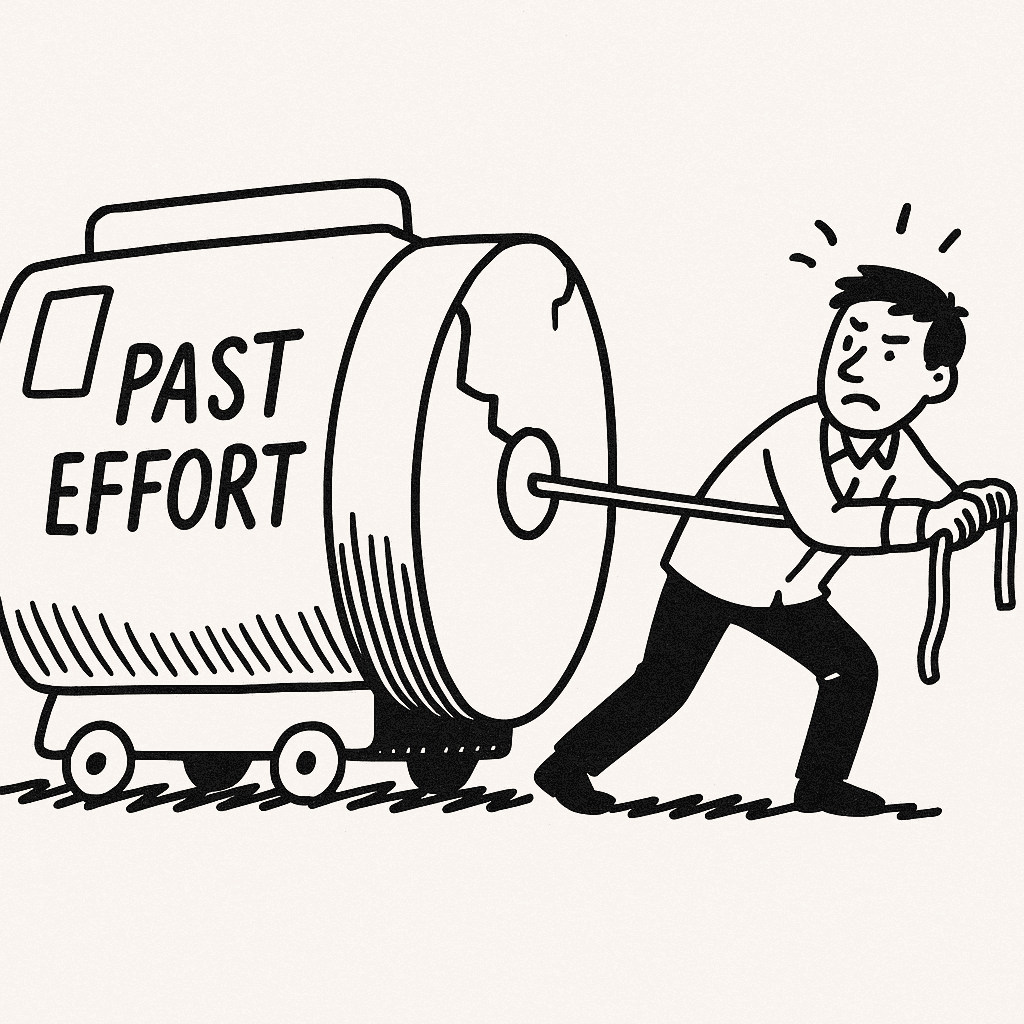
Kahneman says your brain makes you hold on, even if it hurts. You tell yourself, “I can’t quit now.”
But quitting isn’t always failure. It can be a smart move.
If your time and energy are limited, do you really want to spend them fixing the wrong thing?
9. You are primed without knowing it
This is priming.
Your environment, the words you hear, the music you play — all of it shapes your mood and decisions.
He shares a study where restaurants played French music and people bought more French wine. On other days, they played German music. You can guess what happened.
In your work life, this shows up when:
- You set the wrong tone for a client call
- Your website gives off a weird first impression
- Your room setup makes you feel tired, not focused
Your inputs shape your actions.
Ask yourself: does your environment support the business you’re trying to build?
These are just a few of the powerful lessons from Thinking, Fast and Slow by Daniel Kahneman.
This book doesn’t just explain psychology. It helps you see your blind spots — and avoid them before they cost you time, money, or confidence.
Conclusion
Thinking, Fast and Slow by Daniel Kahneman shows you why your brain works against you — and how to stop it. These lessons help you avoid costly mistakes, manage your time better, and make smarter business moves. If you’re building something on the side, this isn’t just theory. It’s survival. You now know how to spot biases and slow down before bad calls ruin your progress.
But knowing how people think is just part of the puzzle. Want to learn how to communicate better too?
Read my blog post on Never Split The Difference. It’ll change how you handle every conversation.
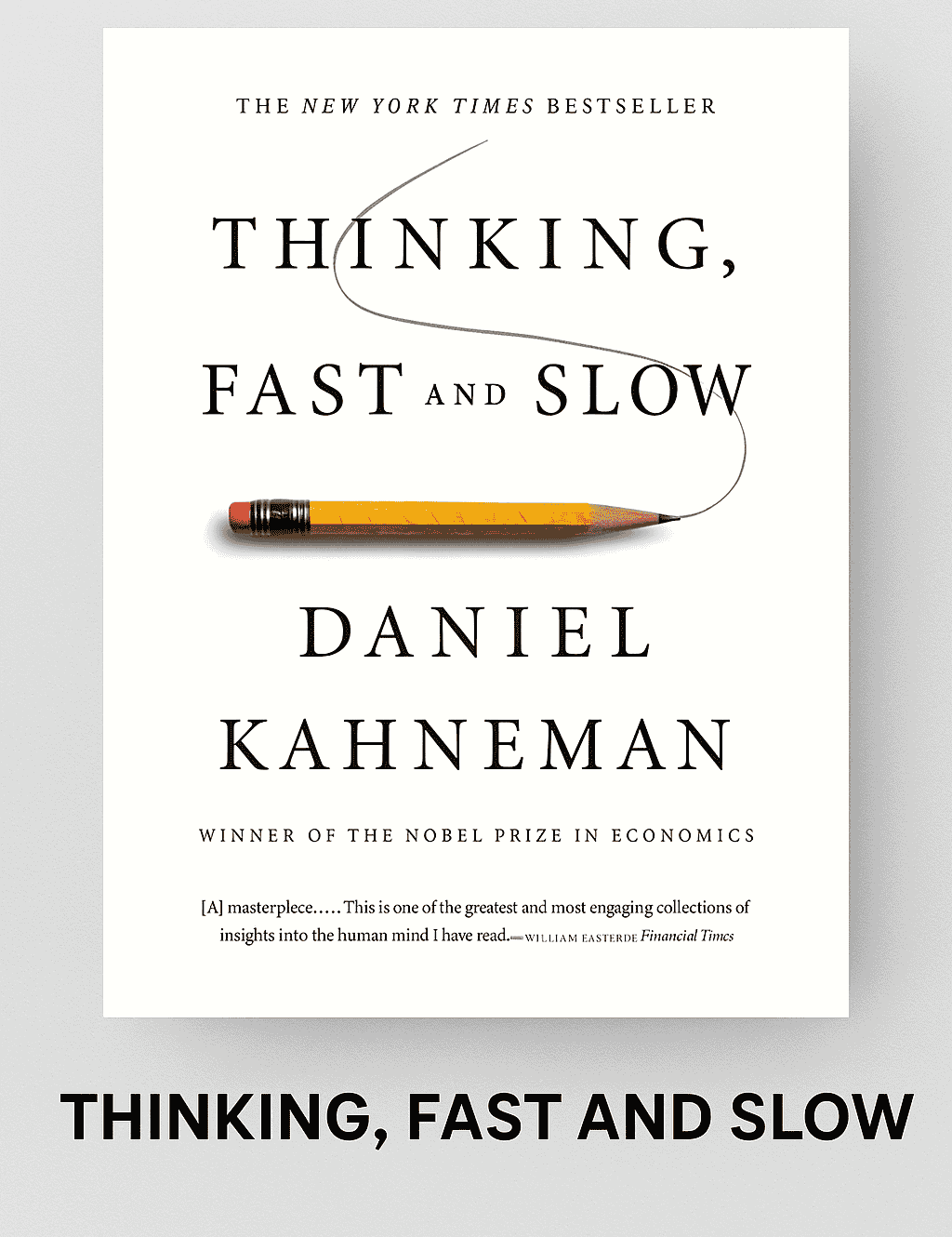
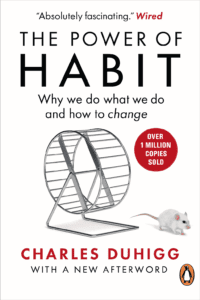
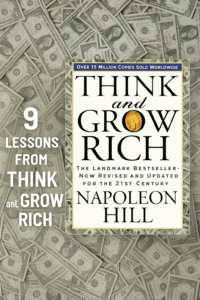

Pingback: The Personal MBA by Josh Kaufman (9 Powerful Lessons Plus Book Summary)